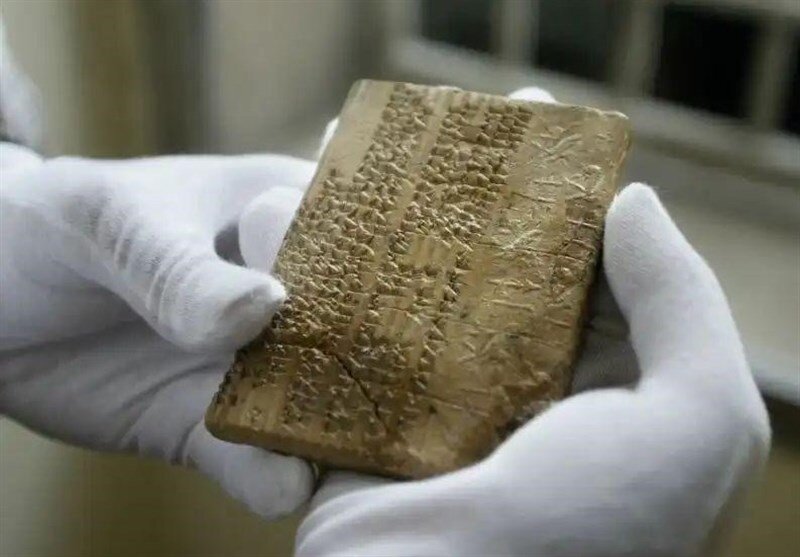TEHRAN — On Monday, Iran’s deputy cultural heritage minister said the United States would return thousands of Achaemenid clay tablets to Iran within months.
“The good news is that more than 20,000 Achaemenid tablets belonging to Persepolis will be returned from the United States by the end of this year,” Ali Darabi said.
The tablets are important sources of information revealing economic, social and religious data about the Achaemenid Empire (550-330 BC) and the wider Near East region in the 5th century BC.
So far, hundreds of these tablets (and fragments), which were on loan from Iran to the Oriental Institute at the University of Chicago since 1935, have been repatriated. For example, in 2019 Iran received 1,783 of these important objects housed at the Field Museum of Natural History in Chicago and the Oriental Institute at the University of Chicago.
In February 2018, and after years of ups and downs, the fate of these ancient Persian artifacts was left in the hands of a United States Supreme Court, which ruled in favor of Iran.
Archaeologists affiliated with the University of Chicago discovered the tablets in the 1930s during excavations in Persepolis, the ceremonial capital of the Persian Empire. However, the institute has resumed work in collaboration with Iranian colleagues, and the return of the tablets is part of an expansion of contacts between scholars from the two countries, said Gil Stein, director of the Oriental Institute of the Institute. University of Chicago.
Persepolis, known locally as Takht-e Jamshid, was the ceremonial capital of the Achaemenid Empire. It ranks among the archaeological sites, which have no equivalent, given its unique architecture, urban planning, construction technology and art.
Majestic approaches, monumental staircases, throne and reception rooms, and outbuildings make up this 13 ha complex, located near Shiraz, in southern Iran.
The construction of its immense terrace was begun around 518 BC. AD by Darius the Great, king of the Achaemenid Empire. On this terrace, successive kings erected a series of palatial buildings of stunning architecture, among them the huge Apadana Palace and the Throne Hall (“Hall of a Hundred Columns”).
By carefully designing lighter roofs and using wooden lintels, Achaemenid architects were able to use a minimal number of surprisingly thin columns to support the open plan roofs. The columns were topped with elaborate capitals; typical was the double bull capital where, resting on double scrolls, the forequarters of two kneeling bulls, placed back to back, extend their coupled necks and twin heads directly below the intersections of the ceiling beams.
Accounts say that Persepolis was burnt down by Alexander the Great in 330 BC, apparently in revenge against the Persians, as it seems that the Persian king Xerxes burned down the Greek city of Athens around 150 years earlier.
It was the largest and most enduring empire of its time, stretching from Ethiopia, through Egypt, to Greece, Anatolia (modern Turkey), Central Asia and India at its peak.
AFM


